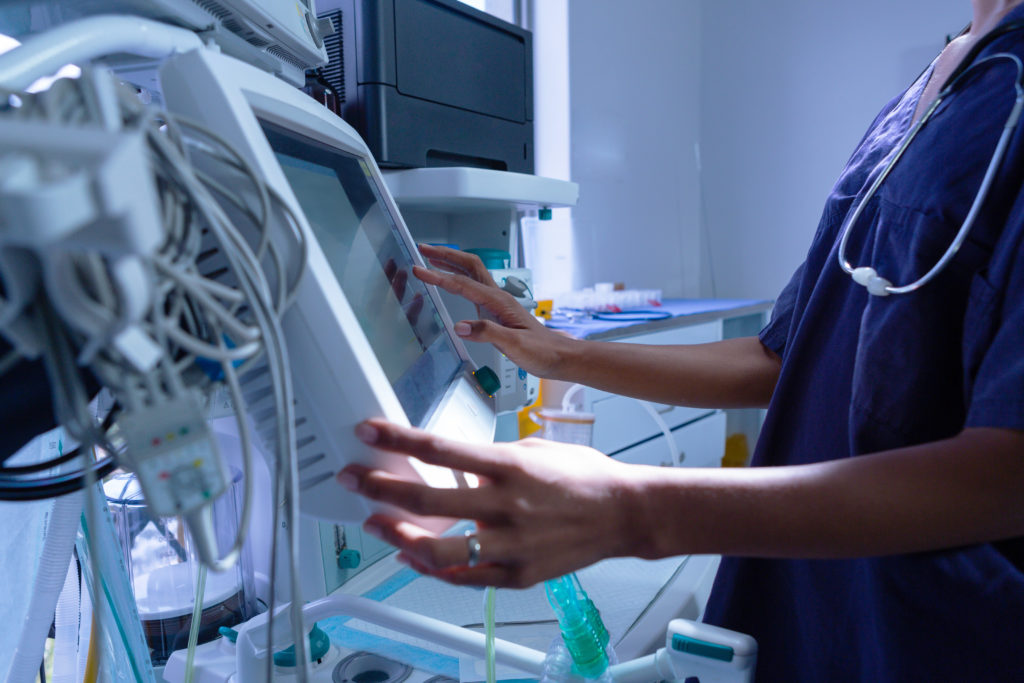
Our services
Human Factors Insight provides human factors and usability engineering consulting services to the medical industry. Our services range from early stage user research all the way through to regulatory submission support.
All our services are in compliance with global human factors and risk management standards including ANSI / AAMI / IEC 62366, ISO 14971, FDA’s final guidance on Human Factors Engineering, MDR, and NMPA.
Usability strategy and integration
Develop and integrate an adequate usability strategy to ensure your medical device is designed according to an iterative, human-centered approach.
User research
Integrate human factors design principles by conducting user research that is compliant with regulatory HFE standards including IEC 62366 and FDA’s guidance on human factors engineering.
Use-related risk analysis
Develop a use-related risk analysis document in accordance with ISO 14971 to timely identify and reduce use-related risks that have a potential to cause harm.
Design review / expert review
Conduct a design review / expert review to evaluate a partial or complete device (e.g., labelling, user documentation, device prototype) to understand its strengths and opportunities for design improvement based on established HFE design principles and professional expertise.
Formative usability test
Conduct a formative usability test throughout the development cycle to discover a product’s strengths, opportunities for design improvement, and timely mitigate potential use errors that could lead to costly redesigns and product recalls.
Summative usability test
Conduct a summative usability test (also known as a human factors validation test) to validate whether intended users can safely and effectively use a production-equivalent device without a significant risk of committing potentially harmful use errors.
Human factors engineering report
Develop a comprehensive Human Factors Engineering (HFE) report (also known as a Usability Engineering Report) which summarizes all HFE activities in a clear, concise, and compelling manner that is compliant for regulatory submission.
Why choose Human Factors Insight?
- In-depth knowledge of global usability and risk management standards including IEC 62366, ISO 14971, FDA’s final guidance on Human Factors Engineering, and MDR and NMPA requirements
- A decade of experience helping startups and global medical device companies bring their medical devices to market
- Accessible and transparent human factors and usability consulting services to companies of any size
Frequently asked questions
A summative usability test, also known as a human factors (HF) validation test, is a usability test that is performed during the end of the product’s design and development stage. The summative test confirms that users can operate a device safely and effectively, without committing any use errors that could lead to significant harm. It is often required by the MDR and FDA before market approval.
A formative usability test is not required but is highly recommended throughout product development, as it allows you to improve the device’s design early on. In addition, it helps you to identify and reduce use-related risks early. In addition, it can help develop highly competitive products that are safe, user-friendly, and appealing.
IEC-62366 is the international standard for usability engineering in medical devices. It guides manufacturers in documenting and integrating usability processes and managing use-related device risks to meet global regulatory requirements.
Yes, most medical devices require an HFE report demonstrating safe and effective use. This report documents your usability engineering process, the usability testing results, and the associated risk controls that were implemented.
Usability and human factors engineering apply to all type of medical devices and systems, including drug delivery systems, diagnostic devices, wearables, and digital health apps. In essence, any product where user interaction could affect safety or effectiveness benefits from usability and human factors.
Whether or not you need to perform usability / human factors testing depends on multiple factors (for example; medical device class, type of device, etc.). Most likely, you will not meet FDA, MDR, or NMPA regulatory requirements if you do not integrate usability and human factors engineering in your product development process.
Besides meeting regulatory requirements for an MDR, FDA, or NMPA approval, integrating human factors engineering early on in the product development process leads to user-friendly products that are safe, effective, and appealing for its users. A negative user experience can lead to a product which is not appealing, resulting in reduced user satisfaction and a lower chance of device adoption.
Ready to get started?
Looking for expert human factors and usability consulting services?
Human Factors Insight supports medical device startups and global manufacturers in developing regulatory compliant, user-friendly, and safe devices.
Contact us today to discuss your project needs or any questions.
